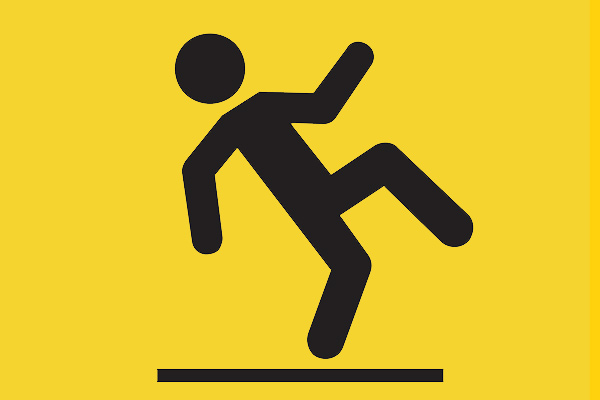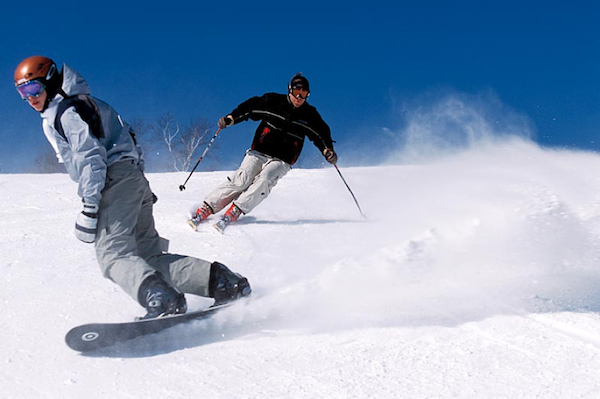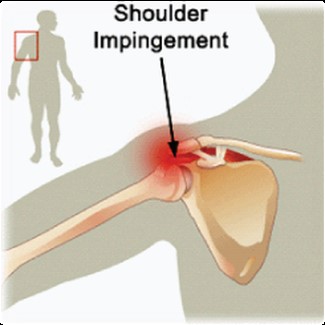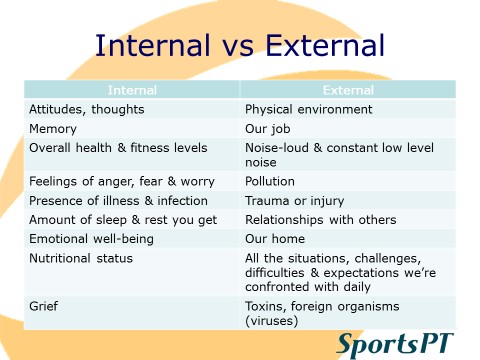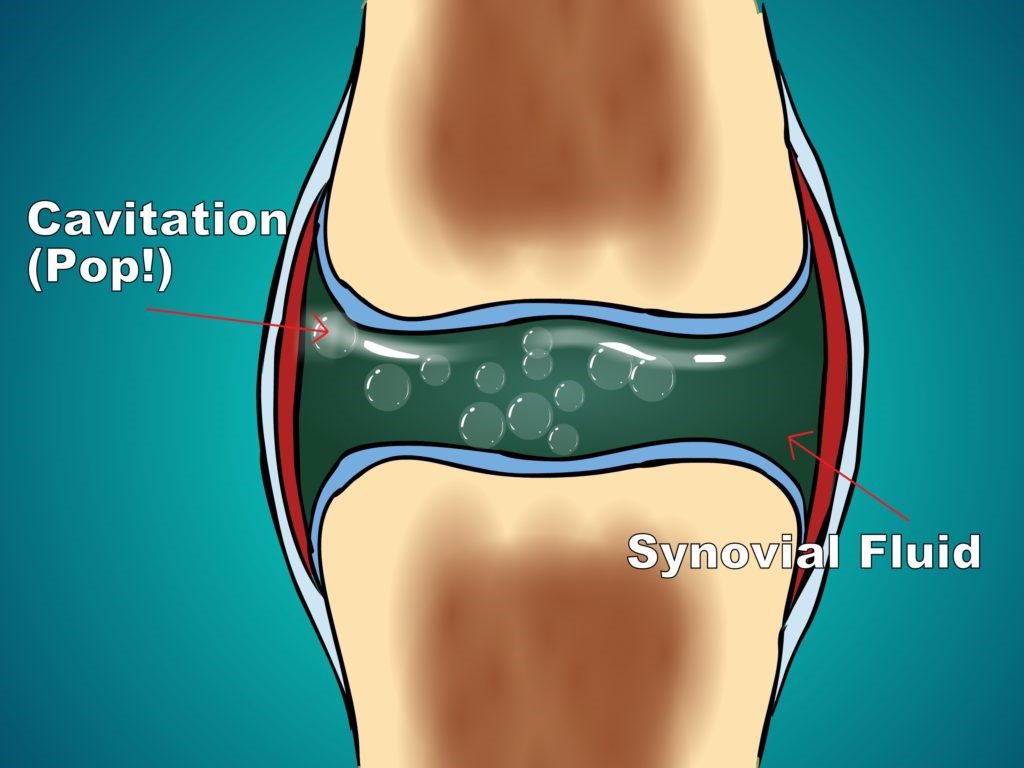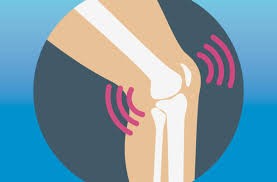By Tiffany Cao, SPT
Warm weather is approaching which means it’s time to pack away your winter decorations and start looking for your cleaning supplies! Spring cleaning is under way and whether it’s indoor or outdoor cleaning, it’s important to be safe during these tasks to avoid possible injuries.
Spring cleaning can be a very tough and long task, especially when it requires a few hours of carrying, lifting, and re-organizing your home. Here are some tips to avoid getting hurt and maximize your cleaning experience this year:
- Plan ahead.
- It’s very helpful to plan in advance in order to space out your time and availability. Some examples would include writing a To-Do list, marking dates and times on your calendar, and adding notifications on your phone.
- Perform small tasks at a time and take breaks.
- Another good idea is to work one task at a time and give yourself rest breaks in between to avoid fatiguing or overworking yourself.
- Use good body mechanics!
- Maintain a good posture. Try to keep shoulders relaxed and back neutral when performing activities. Avoid rounding your shoulders and bending excessively through your back to avoid injury.
- Lift with your legs. When picking up an object from the floor, it’s best to bend both your knees and hips as close to the item as possible, all while keeping your back neutral and firm as possible.
- Carry items close to your body. The farther away an object is from your body, the more difficult it is to control the weight.
- Lift reasonable weighted items. If the object is beyond the weight you can handle, your body will use compensatory strategies such as bending and twisting improperly which increases risk of injury. If the weight is too heavy, such as a large box, we suggest breaking down the item as best you can or ask for help from friends or family rather than lifting on your own.
- Use your body weight to move objects. Weight shifting or lunging maneuvers will help with pushing a lawnmower, cleaning with a broom or mop, and raking or shoveling.
- Ask your physical therapist!
- PT’s are movement specialists and can analyze your performance in these tasks. Discussing with your PT will provide insight on your body mechanics, get advice on how to improve your form and learn more about your lifting and carrying tolerance.
References:
Douglas P Gross, Michele C Battié, Reliability of Safe Maximum Lifting Determinations of a Functional Capacity Evaluation, Physical Therapy, Volume 82, Issue 4, 1 April 2002, Pages 364–371, https://doi.org/10.1093/ptj/82.4.364






